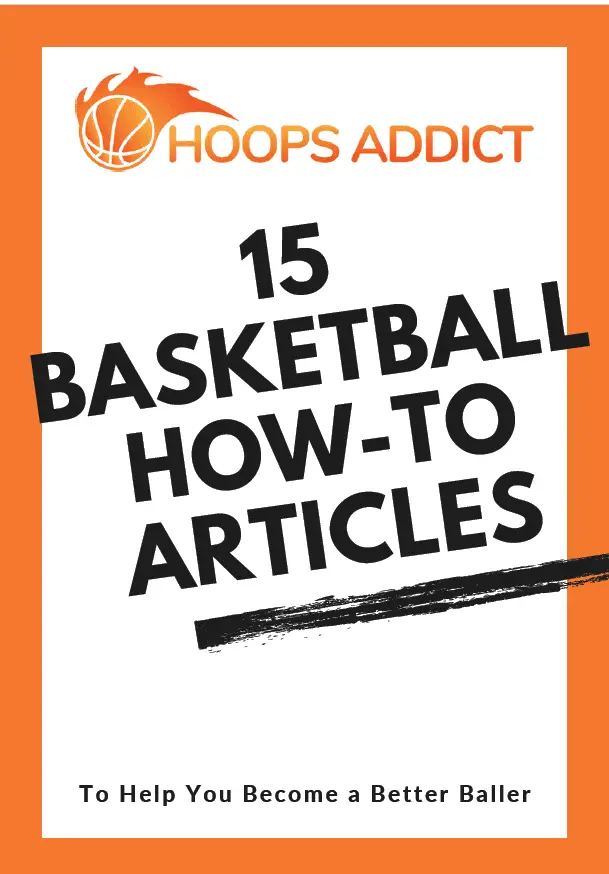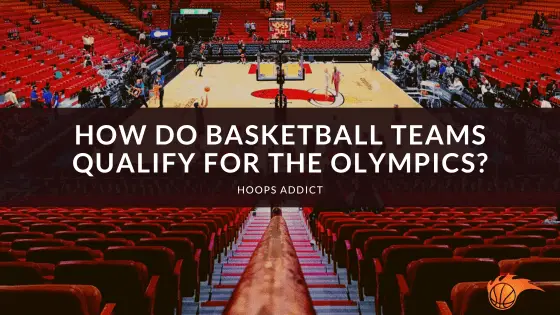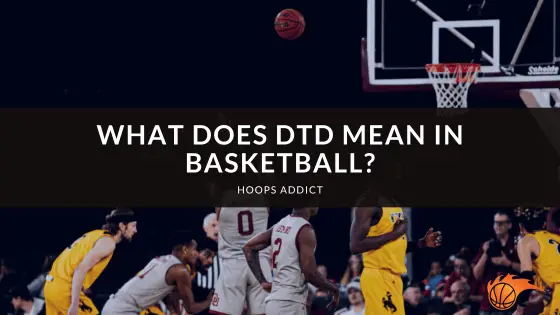Transition defense has become more crucial than ever to a basketball team’s success. The game is played faster, and if a team can’t stop the other from running them off the floor, it will be a long night. That doesn’t mean halfcourt defense is no longer needed, but the game’s evolution simply highlights the need for speed, even on D. With these things considered, what is transition defense, and how do teams build a formidable one?
 What is Transition Defense in Basketball?
What is Transition Defense in Basketball?
To understand what transition defense is, the term must be defined. According to a dictionary, “transition” means to change from one state to another. Basketball is a game of transition; teams go from defense to offense and vice versa in a bat of an eyelash.
What is transition defense, and when does it happen? “Transition defense” is the process when a team undergoes an instant change from offense to defense. (On the other hand, going from defense to offense is called “transition offense.”) Widening the definition further, the transition defense pertains to the defensive principles of a team to slow down another team’s transition offense, including the fastbreaks.
Therefore, when does the transition defense happen? It generally materializes when either one of two things happens– a.) your team turns the ball over, or b.) misses a shot, and the other team pushes the ball quickly after a rebound.
It takes a combination of quickness, alertness, communication, and collaboration to play effective transition defense. Preventing fastbreak points is an essential part of a team’s overall defensive plan because it can have a significant impact on the result of a game.
 Importance of Transition Defense
Importance of Transition Defense
Playing fast is on everybody’s basketball menu nowadays, not just in the NBA. Lower competition levels often reiterate transition offenses as their primary offensive weapons because of the simple philosophy: Push the ball up and look for easy shots before the defense gets set.
Because of the game’s evolution, transition defense has become paramount in basketball. More often than not, transition defense, or the lack thereof, could sway the outcome of a basketball game.
Consider these reasons why transition defense is highly important:
- It prevents easy baskets. A good transition defense slows down the fast break by setting up quickly, forcing the opponents into taking lower percentage shots, or resetting and using the clock.
- It controls momentum. Fastbreak conversions get the crowd going, and anyone who plays basketball knows how much the fans can factor into games. A team may manage the volatility of the game and retain or regain momentum by limiting easy scoring in transition.
- An effective transition defense likely prevents fatigue as it does not put pressure on only a few players to stop fastbreaks. Excellent transition defense allows a team to regain control and manage the pace, minimizing player fatigue.
To say that the transition defense is the cornerstone of great team defense is an understatement. Considering these things, how do you get good transition defense? Find out more in the following sections.
 What are the Rules and Strategies of Transition Defense in Basketball?
What are the Rules and Strategies of Transition Defense in Basketball?
Since the importance of transition defense has now been established, the next step is to know its parameters and basic strategies. Most of these points involved discipline, effort, and some elements of basketball IQ.
Rule #1: Sprint Back on Defense
This applies to all players, especially the guards who are most likely hovering around the perimeter. Every player should have the mindset of running back on defense after a lost possession. Getting two or three players back on D is sometimes enough to deter fastbreak attempts.
Rule #2: Stop the Ball
It’s a basic basketball rule to stop whoever is handling the basketball for a simple reason: You stop the ball, you stop the opponent’s advancement.
Rule #3: Clog the Paint
Players nowadays look to shoot threes in transition, but it’s a lower percentage shot than a dunk or a layup. If it boils down to choosing what shot to give up, look to clog the paint first and then bother outside shots.
Rule #4: Communicate with your teammates.
Whoever is in the back line should alert teammates of their assignments. For example, if three defenders are already packing the paint, somebody should tell the others to spread out and cover the perimeter (or vice versa).
Rule #5: Locate your assignments.
It’s easier to guard the transition if the defense knows who they’re matched with. This is called “matchup transition.”
Aside from these rules, here are the strategies from which teams can build their transition defense:
- Always have one player at the top of the key on offense to prevent quick outlets and cherry-picking.
- When defending fastbreaks, force the ballhandler to go to the sideline. This severely limits his options and allows you to play the passing lanes.
- If you’re outnumbered during a fast break or transition situation, do not commit unnecessary fouls by reaching in. Save those fouls for later.
- Pay attention to the trailer. More often than not, the trailers on transition are the most dangerous players since they can crash the offensive boards or be left open for easy layups.
 5 Steps to Building an Effective Transition Defense
5 Steps to Building an Effective Transition Defense
Building a formidable transition defense does not happen overnight. Coaches should take it step-by-step and involve a mix of practice, teaching, and teamwork. These are the steps to building an effective transition defense:
1. Teach the basics and fundamentals of transition defense
The players must understand how important it is to get back on defense, stop the person with the ball, and match up.
2. Practice drills and scrimmages that emphasize the skills of transition defense
Have the players repeat drills for getting back on defense until it’s second nature. The only way to master the coordination, strategies, and techniques involved in transition defense is to form habits through practice.
3. Prepare for your opponents and understand their tendencies in transition offense
This knowledge can help your team anticipate and react effectively during games. For example, does the opposing team like to set up for threes in transition, or are they more likely to look for an inside incursion?
4. Work on your conditioning
The only way for a transition defense to flourish is if everyone is physically up to it. After all, defending in transition requires sprinting and movement.
5. Continue evaluating your transition defense
Make adjustments as needed leveraging your team’s strengths and weaknesses while watching out for your opponents’ tendencies.
 5 NBA Players Who are Effective in Transition Defense
5 NBA Players Who are Effective in Transition Defense
Quick, nimble players who have a solid grasp of defensive concepts and can react quickly to stop fast-break opportunities for the opposition are best equipped to defend in transition. The NBA has no shortage of such players, and here are five of the best:
1. Draymond Green
As these announcers say, a 3-on-1 transition offense basketball against Draymond Green is not a given. The Pacers’ pacing was also a big factor, but Green’s defensive presence is just as huge.
2. Danny Green
Danny Green’s wingspan, timing, and defensive discipline allows him to get his hands on the ball, even when outnumbered. Look at this play”
3. Giannis Antetokounmpo
There is no such thing as “too far ahead” for The Greek Freak. With his length, Antetokounmpo covers too much ground, even for NBA standards.
4. Jrue Holiday
Holiday has some of the quickest pair of hands in the NBA. He puts it to good use by picking unsuspecting opponents’ pockets in transition, such as the play he made against Marcus Smart in the 2021 NBA Finals Game 5.
5. LeBron James
James is not as spry as he used to be, but he sometimes turns back the clock and devours opponents’ fastbreaks. Look at what The King did against Desmond Bane in Game 1 of their first-round encounter in the 2023 NBA Playoffs:
 3 Best Basketball Transition Defense Drills
3 Best Basketball Transition Defense Drills
As mentioned, the only way to improve transition defense is by practicing. Here are three of the best basketball transition defense drills you can do as a team:
1. BYU
The BYU is a simple but effective drill. Have five guys run a play, and after scoring a bucket, another set of five guys run to the other side of the floor. The initial 5 have to defend the fastbreak, while the offense has seven seconds to score in transition. This drill is a fantastic way to practice both transition offense and defense while working on communication and matching up.
2. The 5-vs-3 Drill
Again, the 5-vs-3 Drill is a drill that creates a realistic scenario in which two defenders are lagging behind the transition play. The three defenders hold the fort, defending the baseline while funneling the offense toward the late helpers.
3. 3-vs-2 Drill
This is just a variation of the 5 vs. 4, plus legendary college coach Roy Williams dropping some transition defense wisdom.
Wrapping Things Up: What is Transition Defense and How Do You Build a Great One?
Transition defense is a very significant defensive aspect of the modern basketball game. Without an effective transition defense, opponents run them off the court, quickly build a humongous lead, and coast to a win. You wouldn’t want that to happen, would you?
So, what is transition defense? Transition defense is when a team quickly changes from offense to defense because of a committed turnover or a missed shot. The offensive team now has to play defense in a split second. The only way to build an effective transition defense is by instilling the necessary defensive habits through teaching and practicing drills.
We hope you enjoyed this post! If you did, be sure to check out our other basketball FAQ articles here.
Want to get better at basketball?
Join our newsletter & get our comprehensive
101-page basketball guide.
Become a better baller today 👇


 What is Transition Defense in Basketball?
What is Transition Defense in Basketball? Importance of Transition Defense
Importance of Transition Defense What are the Rules and Strategies of Transition Defense in Basketball?
What are the Rules and Strategies of Transition Defense in Basketball? 5 Steps to Building an Effective Transition Defense
5 Steps to Building an Effective Transition Defense 5 NBA Players Who are Effective in Transition Defense
5 NBA Players Who are Effective in Transition Defense 3 Best Basketball Transition Defense Drills
3 Best Basketball Transition Defense Drills

